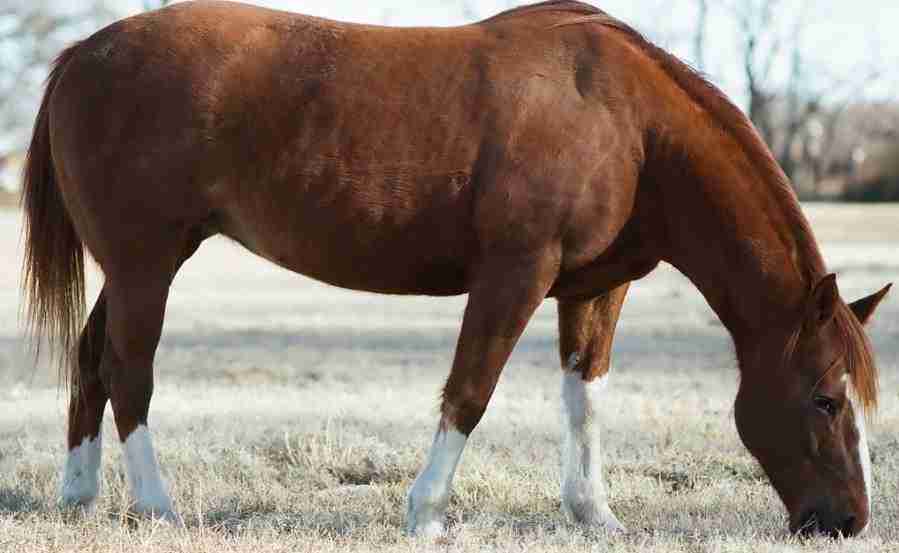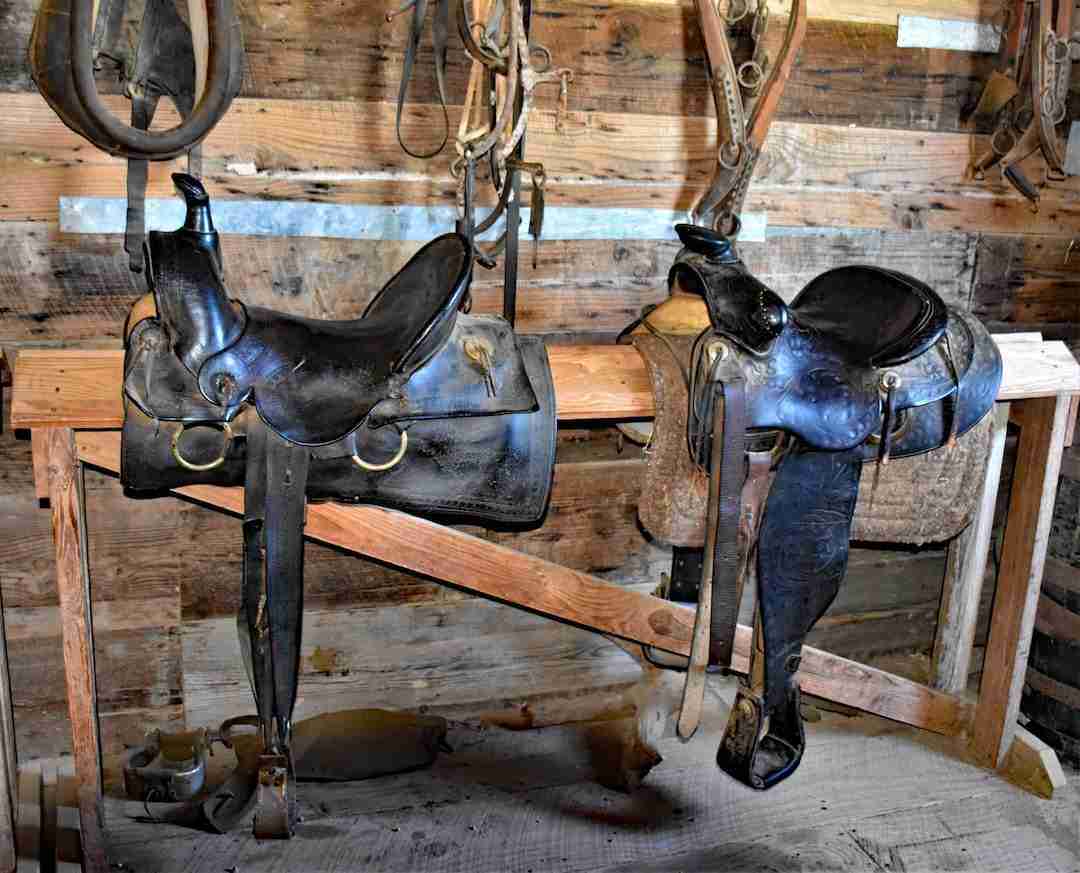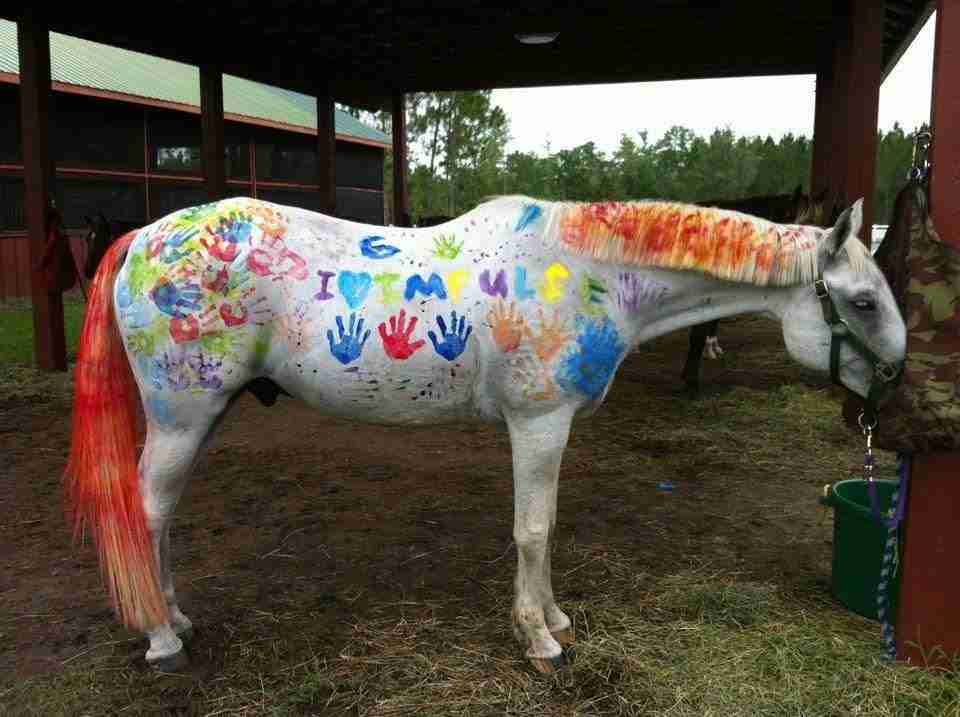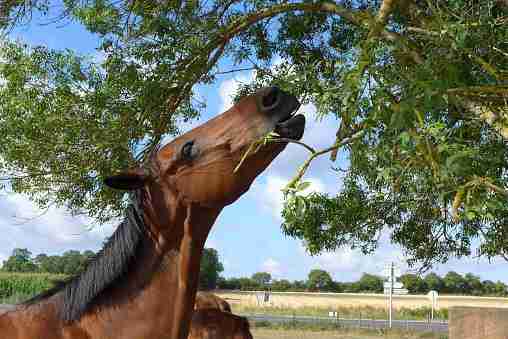If you are brand-new to the industry, attempting to learn the different horse breeds and colors may be confusing. You may see two horses that appear red to you but hear others calling them sorrel or chestnut. You may wonder whether there is a distinction between the two, i.e Sorrel vs Chestnut and if so, how can you tell? However, there are distinct differences between chestnut and sorrel horses, and once you learn how to spot these differences, distinguishing the two horses becomes relatively easy.
The differences between sorrel and chestnut horses are that sorrel is the lighter, brighter red hue of chestnut, while chestnut is a deeper, often reddish-brown color. Since sorrel stems from chestnut, it is easy to remember that all sorrels are lighter chestnuts, but all chestnuts are not sorrel.

The Difference Between Chestnut And Sorrel Horses
Sorrel and chestnut horses appear to be the same kind of red; after all, they have the same genetic makeup. However, some distinct differences between chestnut and sorrel horses make it relatively easy to tell them apart.
Sorrel horses are a specific shade of chestnut; they are usually much lighter in color and quickly appear red to the eye. Most sorrel horses have a copper-red colored coat, with their manes and tails generally much lighter than their coat or similar in color. Sorrel horses are genuinely described as a ‘true’ red color.

In contrast to this, chestnut horses have a darker brownish red coat, with some extreme chestnut horses appearing to be a dark liver brown in color. The red shade on a chestnut horse can range between a pale red and a darker reddish brown, which may appear as only dark brown, depending on the time of year and the lighting.
Most chestnut horses have the same color coat as their mane and tail, with rarely any other markings despite occasional white marks on their legs or face. However, sorrel horses can have a lighter, different-colored mane and tail to their coat. Often their mane and tail can even appear blonde.
Chestnut is also a term that can describe all red horses, whereas sorrel can only fit with lighter red colors and a lighter mane and tail. If the horse appears red but has a darker mane and tail, even if the tail and mane are so dark it appears black, this horse is considered a chestnut.

Genetically, a sorrel and a chestnut horse are the same, but some differences in color allow us to tell them apart. Unless you are 100% certain that the parents of a foal are two true chestnuts, you may not be able to know whether a foal is chestnut or sorrel, as their coat can appear grey in color until they mature.

How To Spot A True Chestnut
It is easy to confuse sorrel and chestnut horses if you do not know what to look for. Usually, you can tell whether a red horse is a chestnut by the presence of a darker brownish hue on its coat. Chestnut horses will also typically have much darker manes and tails, appearing almost black.
Chestnuts do not have a black genetic code, so when their manes and tails appear black, it is due to a rich red coloring. White or brightly colored leg and face spots are commonly found on chestnut horses.

How To Spot A True Sorrel
If you mess up and accidentally call a sorrel horse chestnut, it usually isn’t that big of a deal, as sorrel is a term for a lighter hue under the umbrella term of chestnut. All sorrel horses are chestnuts, but not all chestnut horses are sorrel.
A sorrel horse will have no black pigment, and their bodies typically have a much lighter, reddish copper-colored coat and mane. The most significant thing to look out for when trying to spot a sorrel horse is a brighter red coat with a lighter or the same-colored mane and tail. Sorrel horses will never have a darker brown or wine-colored coat; they will appear to be pure red.
Other Articles You Maybe Interested In
How Strong Is A Horse
How Often Do Horses Go Into Heat and When Do They Start?
Quarter Horse vs Thoroughbred: What is Best?
Do Hairless Horses Exist?
What Is Live Cover Horse Breeding?
Rarely sorrel horses can have occasional white markings on their foreheads, faces, or legs. It is also common for sorrels to have lighter, blonde tails and manes.

The Different Shades Of Chestnut Horses
Since chestnut horses are true-breeding, you will always get a pure chestnut foal when breeding. Chestnut horses do not have any black hairs on their coats; there are many different shades of chestnut.
If you want to sound the same as a professional, learning all the different shades of chestnut can help elevate your status.
Liver Chestnuts – Liver Chestnuts will appear extremely dark in color, as they are the darkest chestnut horses. Their coat can look like a black coat, even though it is just a darker red color.
Flaxen Chestnuts – Flaxen Chestnut refers to a chestnut horse with a much lighter mane and tail than its darker red coat. The tail and mane of a flaxen chestnut horse can be straw-colored or lighter in general than the coat.
The Evolution Of Different Colored Horses
While it is easy to feel suddenly overwhelmed by the different shades and coats you need to remember, there weren’t always these many variations in horse colors.
The very first horses had yellowish lighter coats with brown, darker manes, legs, and tails. This combination and color pattern allowed the horses to hide from predators, providing good camouflage.
Through the process of evolution, black and appaloosa coats started to develop in primitive herds. Geological events and climate changes led to variations in the appearance of the horses and sparked a difference in colors.
After humans began to domesticate horses and selective breeding began, there was a boom in the different variations of equine colors that were suddenly available. Chestnut and black horses were extremely popular in the copper age.
The Most Famous Chestnut And Sorrel Horses In Racing History
Since sorrel and chestnut horses are so widely available and loved by many for their unique bright hues, it is no wonder that many sorrel and chestnut horses have made it big in horseracing history.
The Most Legendary Chestnut Horse
Secretariat is one of the most famous chestnut racehorses in all of history. Easily identifiable by their three white socks and tapered white marking on his forehead, Secretariat is well known for breaking various course records.
In 1973 Secretariat won a race against his opponent by around 31 lengths and set a new record for the fastest time of the three races, a record he still holds. Even though this stallion is one of the best and most well-known chestnut racehorses, even its offspring were able to make head waves with a reported 54 stake winners from Secretariat’s lineage.
The Most Legendary Sorrel Horse
Though the name, Dash for Cash, may not exactly be the most majestic, the sorrel racehorse it belonged to was remarkable. With quarter earnings of around $500000 and 21 wins of 25 races, this racehorse was a wonder to behold.
Like the previously mentioned Secretariat, Dash for Cash also has a brilliant lineage with a total of 145 stakes winners that won around 80 times the income Dash for Cash did in his previous quarter, meaning approximately $40 million in earnings.

How Much Do Sorrel And Chestnut Horses Cost
Looking at some of the earnings people have made from these two horses, you may be tempted to buy one.
However, though some Sorrel or Chestnut horses are available for as little as $5000, if you are looking for the next legendary horse, you could pay up to $100000.
The price of the horse can differ quite significantly depending on the age, the breeding, and even the location.
Conclusion
Though not everyone may notice the differences immediately, if you take the time to look at a chestnut and sorrel horse, there are some noticeable variations. The first and most prominent of these differences is that sorrel horses are usually a lighter and brighter shade of red, with the same colored or lighter mane and tails. Chestnut horses have darker brownish red coats with darker manes and tails.









